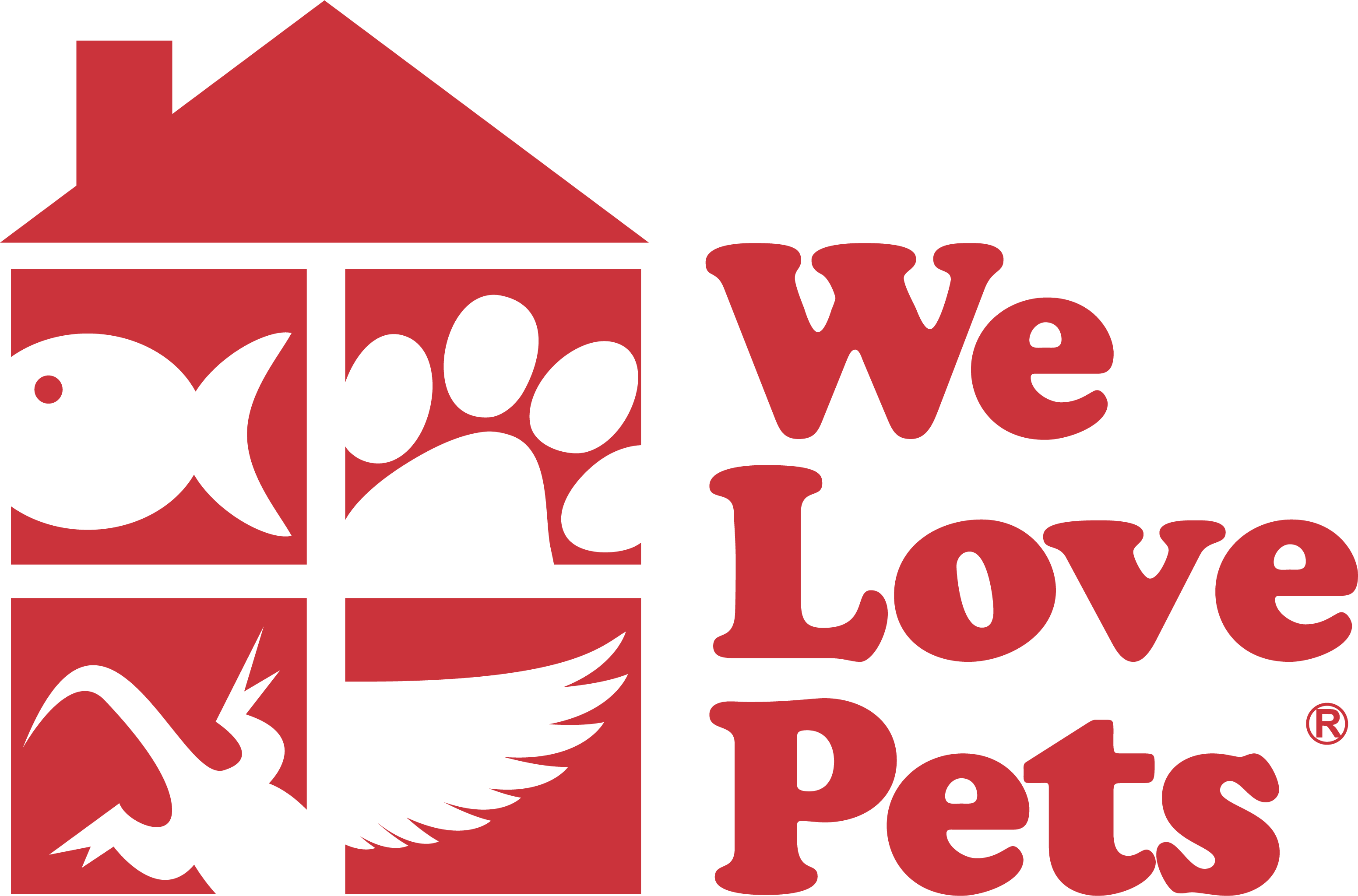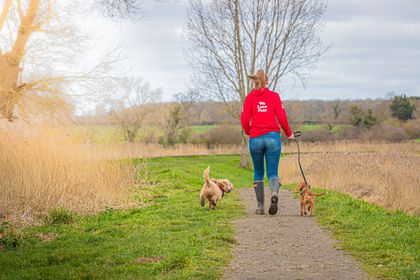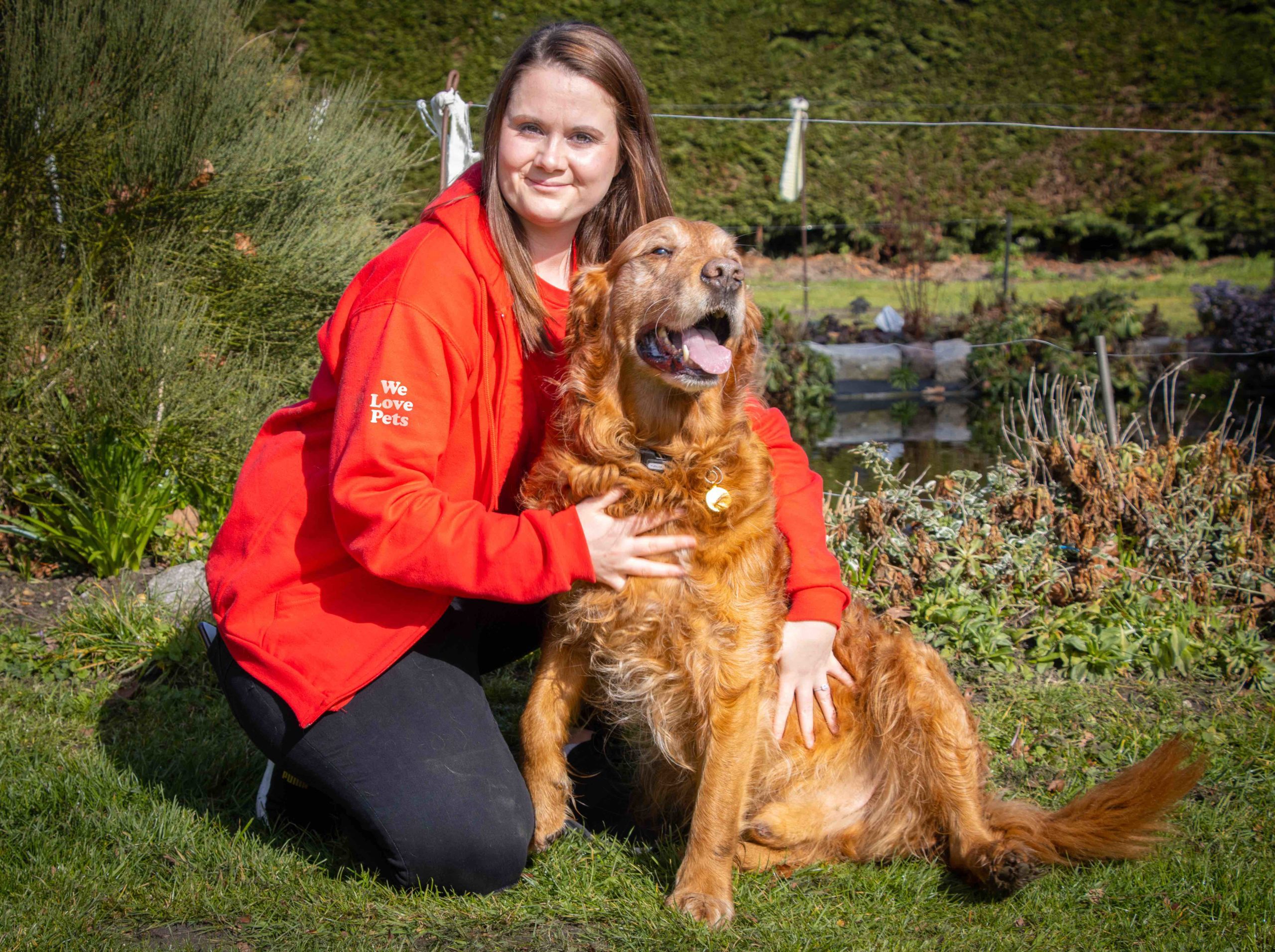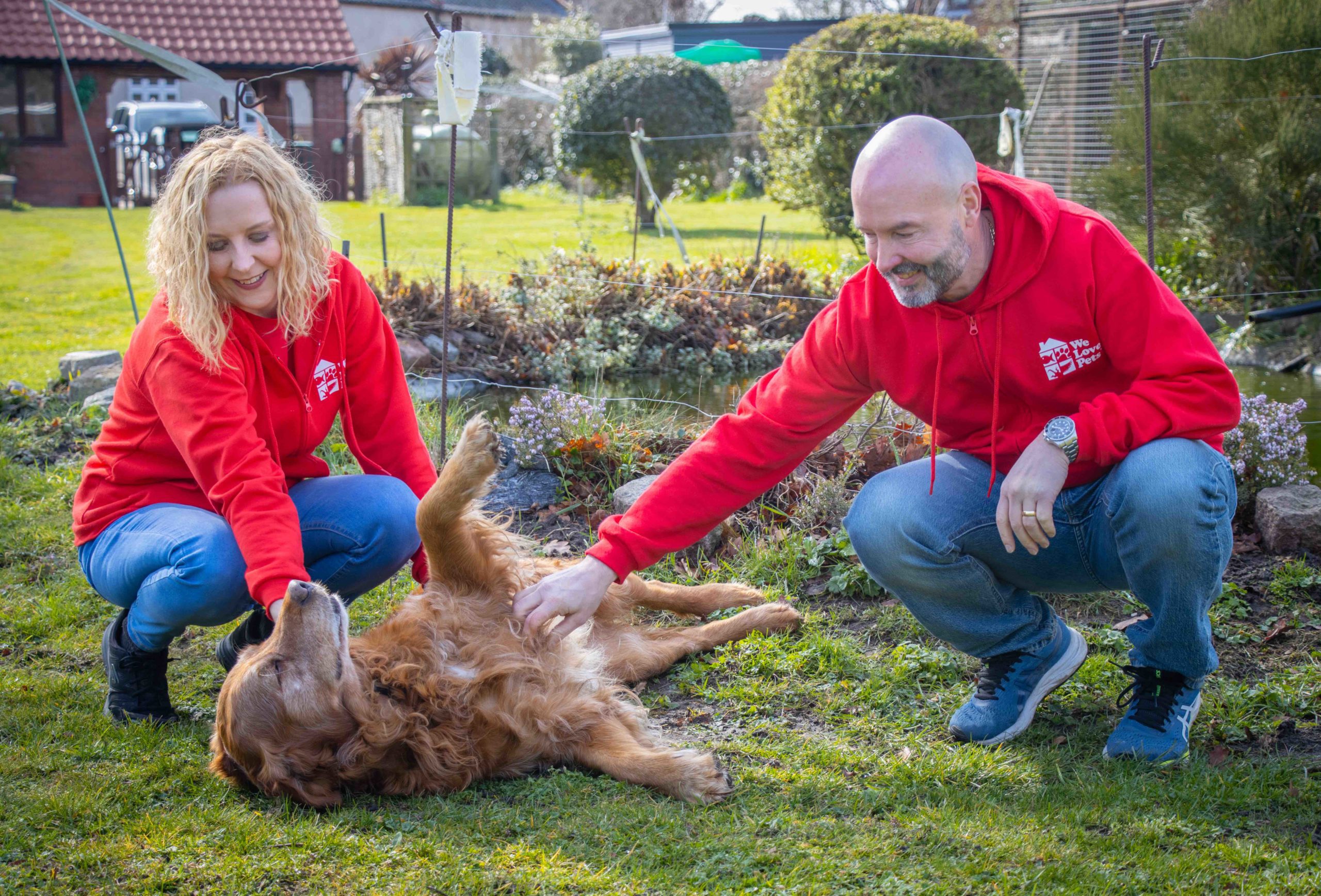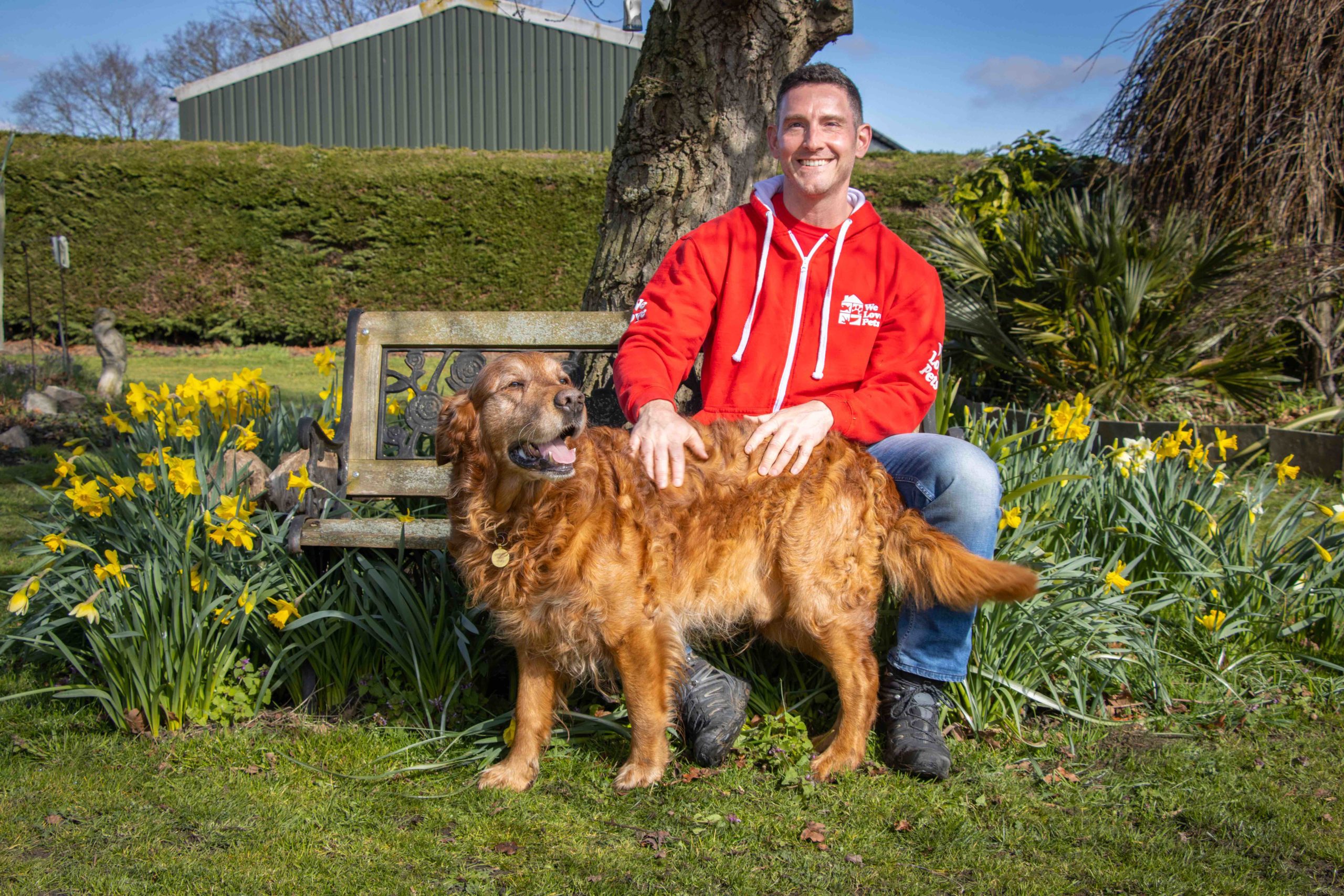The UK has seen a huge boom in dog ownership over the last 2 years which doesn’t seem to be slowing down. Professional dog walkers are in demand and are a necessity for many to make modern dog owning work.
There are some wonderful individuals who go above and beyond to ensure the happiness and wellbeing of your dog, but as an unregulated industry there are also some who would think nothing of putting your dog in with a daunting amount of other dogs who are entirely unsuitable and risk your dog safety, mental wellbeing and in doing so their behaviour and happiness. Here are some Myths debunked and questions answered to help you choose a good dog walker.
Myth – ‘Dogs are Pack animals’
Truth – Recent research has shown that dogs are not the pack animals that we once thought they were. Dogs are sociable and form flexible bonds, but that sociability is on a spectrum. Some dogs do like all other dogs and have good social skills, some dogs do like other dogs but have poor social skills, some dogs simply do not like other dogs and there are dogs that only like some individuals. Many dogs find large group situations stressful.
Socialisation amongst dogs need to be monitored carefully. Play should be reciprocal, dogs should be taking activities like chasing in turns, there should not be any dogs mounting each other, pushing each other over, continual chasing of one dog.
Myth – ‘A tired dog is a happy dog’
Truth – Tiredness can come from spending a prolonged period of time being chased by other dogs, not being able to have any down time or the natural pit stops taken to sniff and interact with the environment. Your dog should want to rest after a walk but it shouldn’t be sleeping for the rest of the day.
Question – “But my dog will be fine, he always gets on with all dogs?”
Answer – Congratulations! Dogs who get on with all other dogs are very rare! This is a behaviour we want your dog to continue and if your dog is put in with a large amount of other dogs there’s a chance that your dog may start to find being around other dogs stressful, it may be very probable that not all those dogs will have good social skills and your dog may end up getting bullied, very importantly if your dog is a small dog and is put in with larger dogs, especially those with high prey drive, your dog could end up being easily injured or worse if another dogs prey drive is triggered.
Question – “My dog doesn’t like being left alone?”
Answer – It’s really important that dogs do learn to be alone as they grow up, it can be a really good opportunity for dogs to have down time, especially if your house is busy. There are some dogs who don’t like being alone to the point that they will have a panic attack. If your dog suffers with separation anxiety, it’s going to be really important that you contact a behaviourist who can work on a plan with you and your dog to resolve the issue. During this time you may need a dog walker and it’s going to be really important that they don’t have any extra stress in this time as it will hamper progress so single or very small, well matched group walks that are stress free will be very important.
Question – “But my dog is always barking and wagging his tail when the dog walker arrives?”
Answer – When we entrust someone with our dog we want our dogs to be happy to see them.
When a dog walker arrives we may see lots of different body language including true happiness, especially if your dog walker genuinely cares about your dog and your dog is having a lovely time, but some dogs may show these signs even if the walk they’re about to have isn’t that great. It might just be that they like the dog walker but not the situation they’re about to be in. Some dogs when about to be confronted with a stressful situation go into a ‘fool around’ this can include zoomies and over exuberant behaviour, a bit like someone telling a joke at a funeral as a coping mechanism. Tail wagging can be misleading, not all tail wagging is good. Slow, low tail wagging can be a sign of cautiousness, whilst a very high tail is usually a red flag. A good indicator is that the rest of the body is loose and wiggly as well.
Never be afraid to ask your dog walker about what relevant qualifications they hold or about any organisations they may be affiliated with. A good dog walker will always be happy to tell you!
Since 2007, We Love Pets has been committed to a No Pack Walk Policy, which means that our dog walkers never walk a group of more than four dogs (from a maximum of three households) at any time. In an industry that is largely unregulated, we have worked hard to increase awareness of the dangers of pack-walking while advocating for the welfare rights of animals in the UK.
Book your local We Love Pets Dog Walk today!
